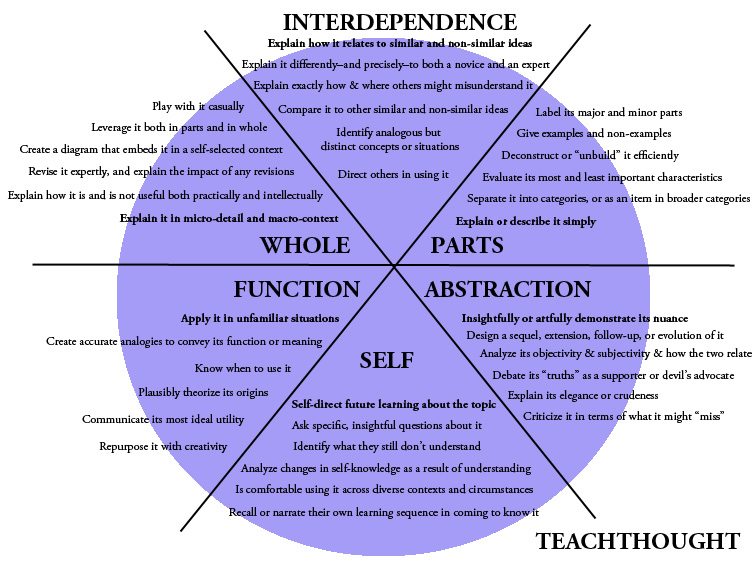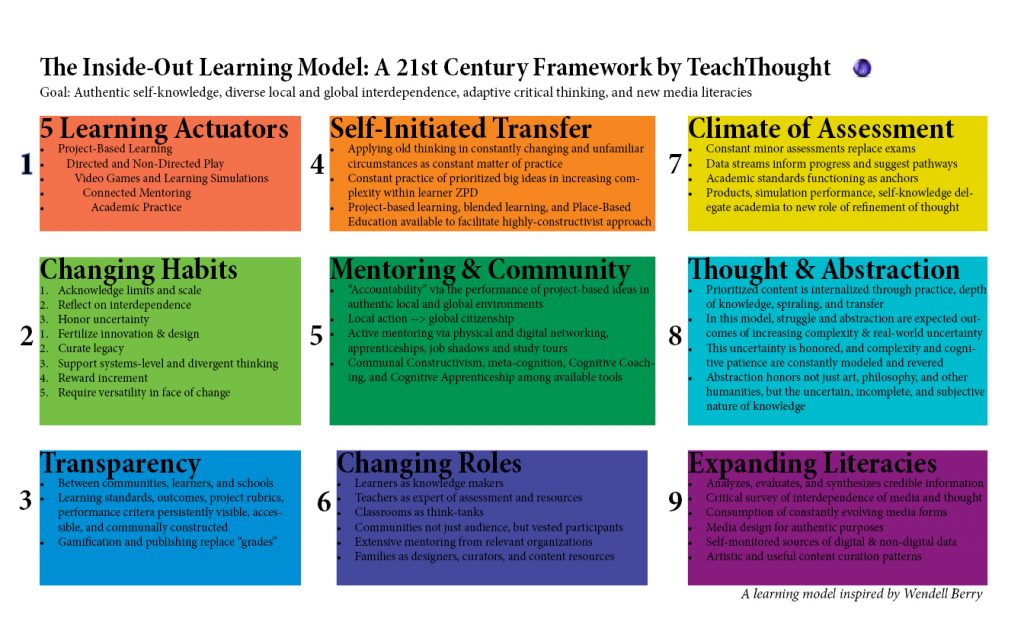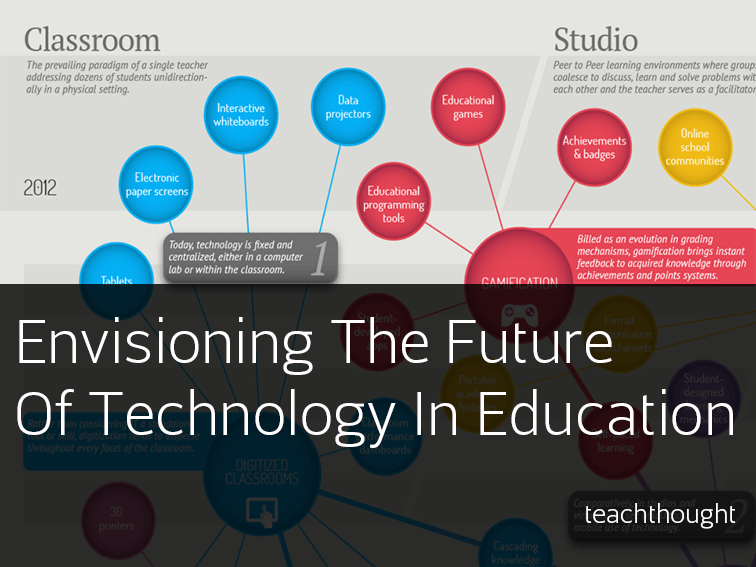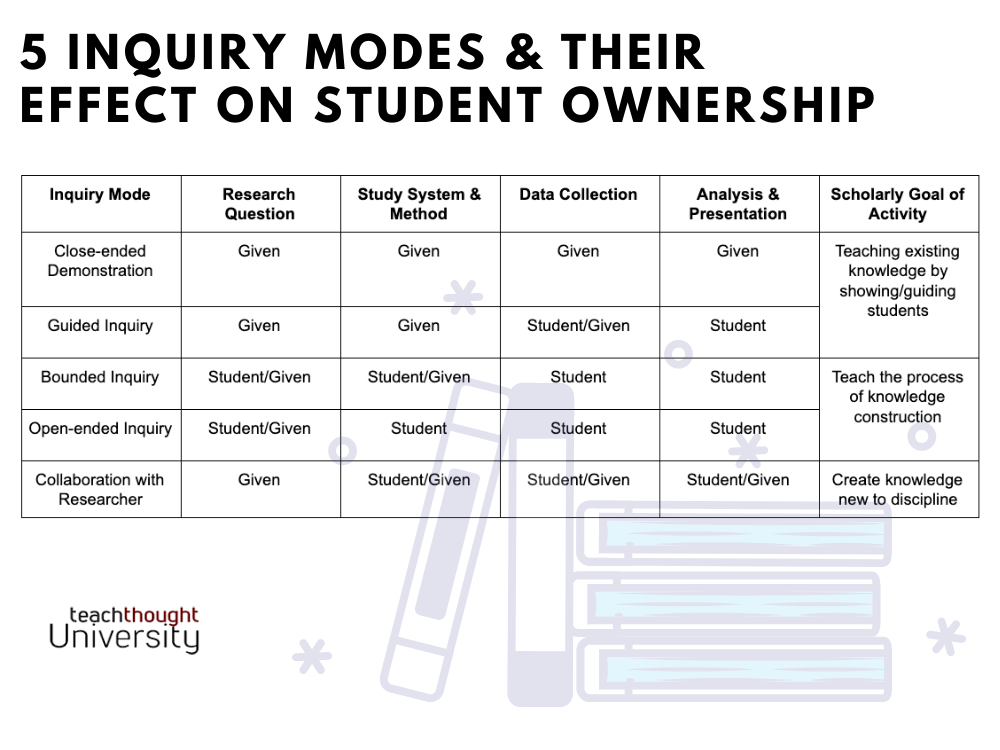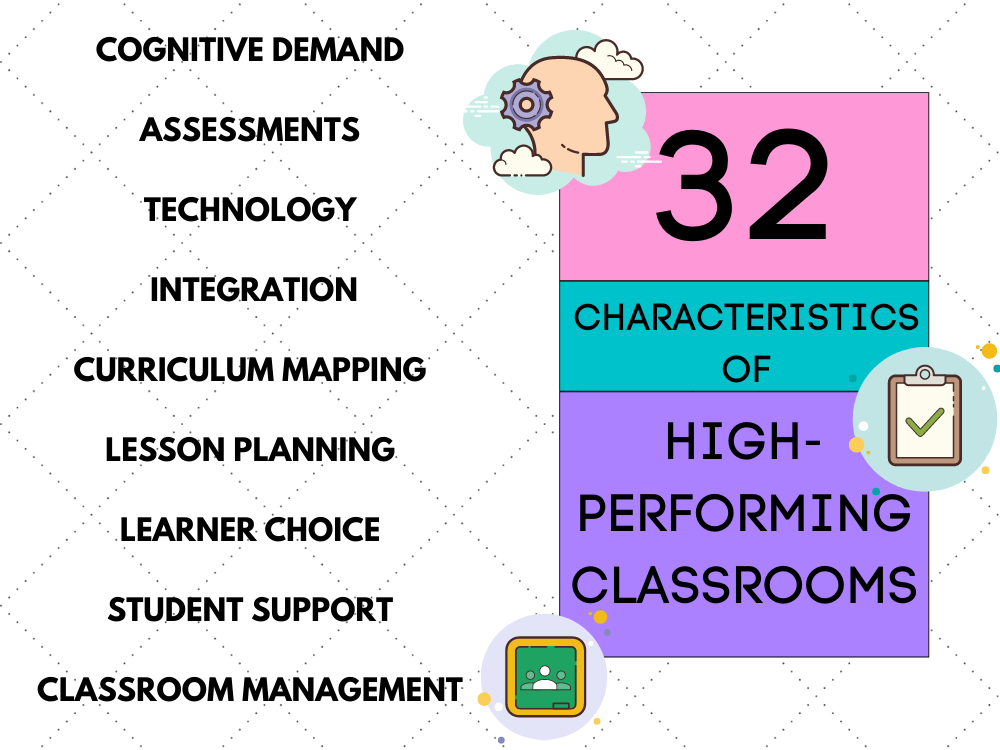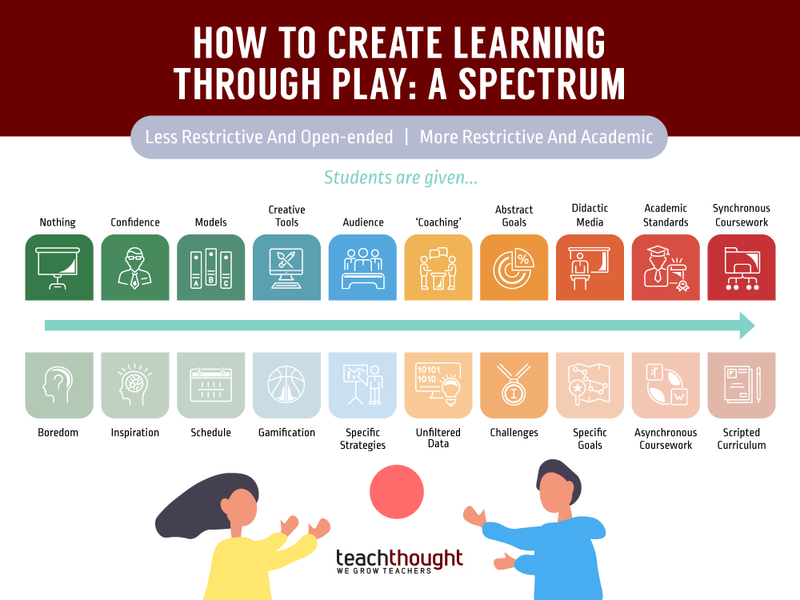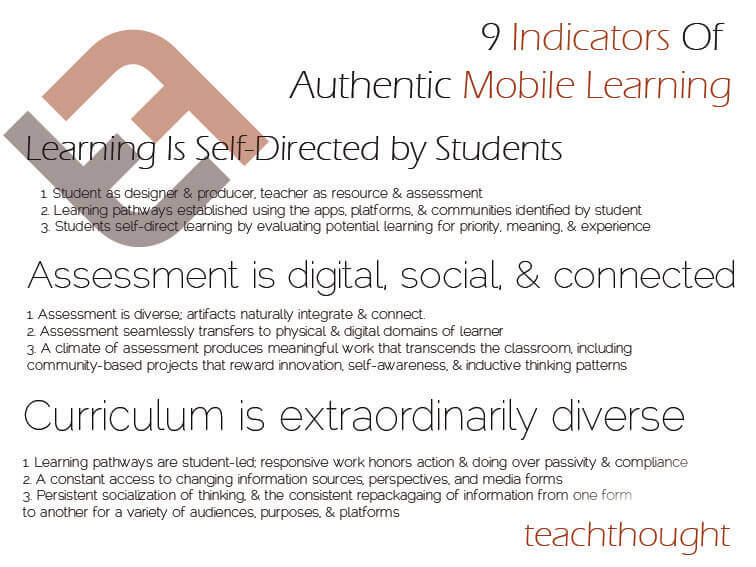Tag: Learning Models
6 Domains Of Cognition: The Heick Learning Taxonomy
The Heick Learning Taxonomy can be used to guide planning, assessment, curriculum design, and self-directed learning.
The Inside-Out School: A 21st Century Learning Model
A micro-goal of the ‘Inside-Out’ School is a new kind of ‘intelligence’ where the macro-effect is healthier communities and citizenship.
What Is The Future Of Classroom Technology?
In this particular future of classroom technology, there are three distinct domains/learning spaces: Classroom, Studio, and Virtual.
An Inquiry Framework: 5 Levels Of Student Ownership
The 5 inquiry modes itemize the purpose of learning in different domains and identifies the effect of inquiry on student ownership.
32 Characteristics Of High-Performing Classrooms
We’ve created the following 32 characteristics of high-performing classrooms to help you spot the opportunities for growth in your teaching.
How To Learn Through Play: A Spectrum For Teachers
From genius hour to scripted curriculum, this model acts as a framework to illustrate how to teach through play.
9 Indicators Of Authentic Mobile Learning
Designing instruction around tablets requires some slight shifts in how you view when, why, and how learning happens.
What Is Emotional Intelligence?
Emotional intelligence is a person’s capacity to manage their feelings in order to appropriately and accurately express them.
